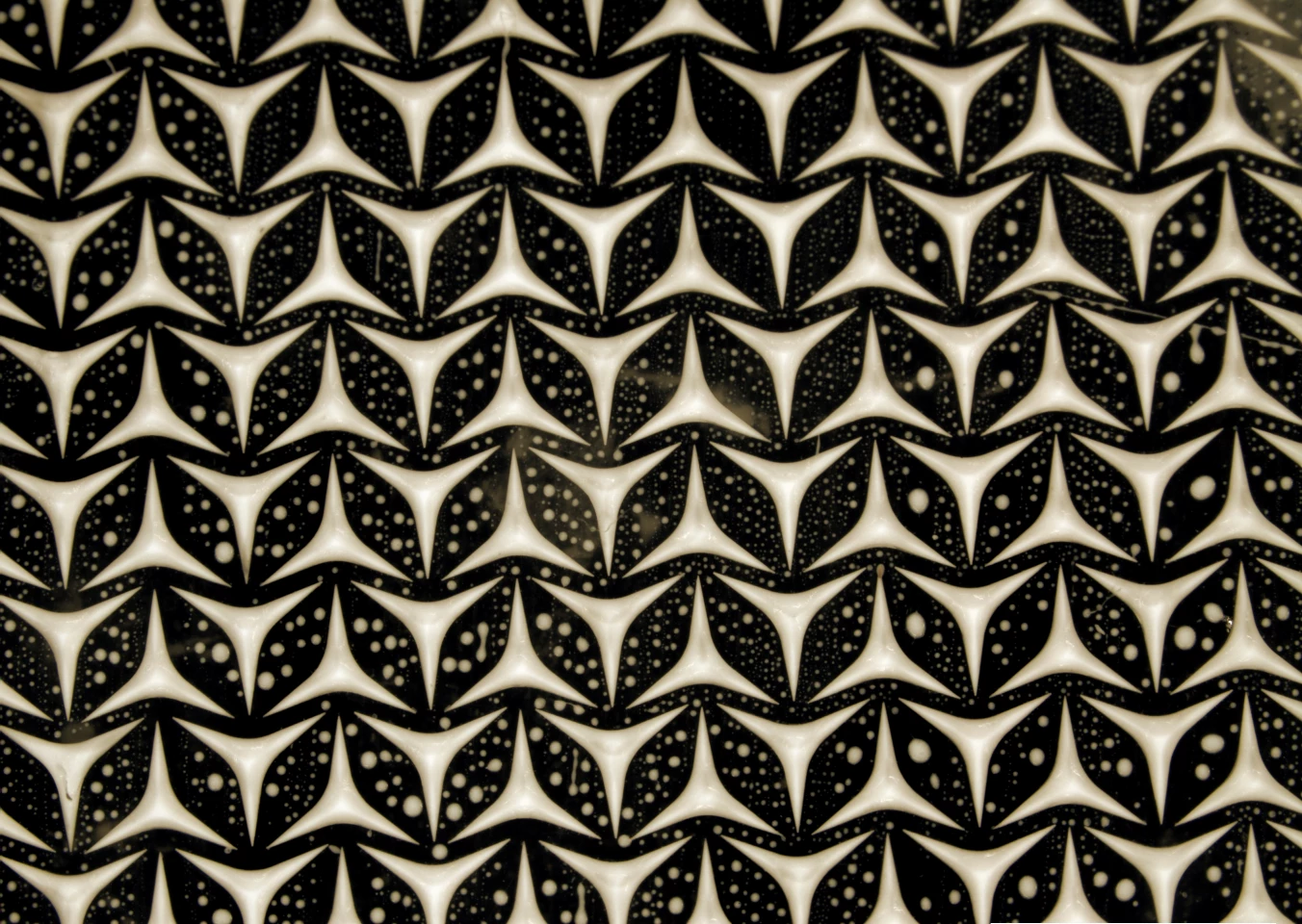While topically-applied medications do help alleviate various skin conditions, they would be even more effective if they could better penetrate the skin's surface. Newly developed nanoceramic "stars" may one day help, by poking tiny holes in the skin.
When medications are applied to the skin in the form of a lotion, the drug molecules are often large enough that they have difficulty passing through the skin's outer layer, called the epidermis. As a result, only a relatively small dosage is delivered beneath the skin's surface.
One possible alternative involves utilizing what are known as microneedle patches. These typically consist of a small square of material with an array of tiny, sharp stud-like needles on its underside.
Made of biocompatible substances such as silk, the needles are loaded with medication, and they painlessly pierce the epidermis when the patch is pressed against the skin. They then dissolve, harmlessly releasing the medication into the interstitial fluid between the skin cells.
When it comes to treating skin maladies, however, microneedle patches have a couple of drawbacks as compared to lotions. For one thing, they're not conducive to treating large areas of skin. For another, they're difficult to apply to nooks and crannies, or any other location that isn't smooth and open.
That's where the nanoceramic stars come in.
They're being developed by Michael Stuer, Patrick Hoffmann and colleagues at Switzerland's Empa research institute, in collaboration with Aldena Therapeutics as part of the StarCURE project.

Each three-dimensional three-armed star has a diameter of just 0.8 mm, and is currently made of aluminum oxide ceramic material (aka alumina). A laser sintering process was initially used to create each one individually, although the scientists have since produced polymer casting molds which would allow large numbers of the stars to be inexpensively manufactured on a commercial scale.
Batches of the tiny structures are added to a gel, along with a medication. The technology is particularly well-suited to drugs incorporating siRNA (small interfering RNA) molecules.
As the gel is rubbed onto the skin, the sharp-ended stars roll across the epidermis, poking minuscule holes in it. Although those "micro-wounds" close up quickly, they remain open long enough for the medication to get through. The remaining gel is simply wiped off a few seconds after application.
Because the holes don't reach down to the nerve endings, use of the nanoceramic stars is reportedly painless – Stuer describes it as feeling like a skin scrub. In fact, he suggests that the technology could also be utilized as an alternative to painful hypodermic needles for administering drugs intravenously.
The scientists are now exploring methods of making the stars biodegradable.
Source: Empa





